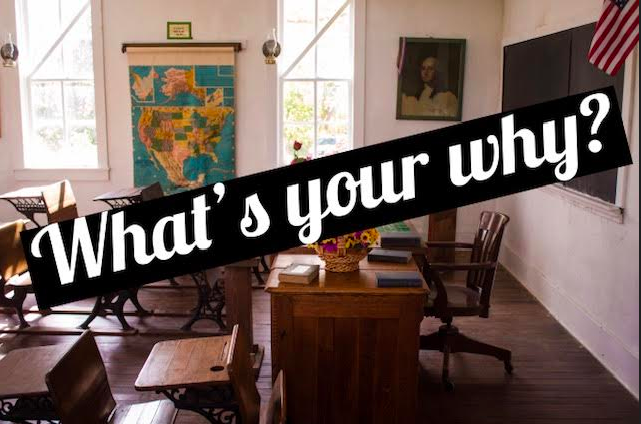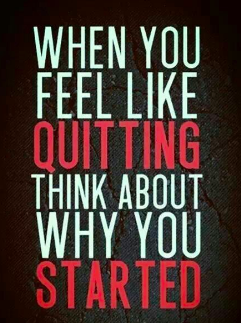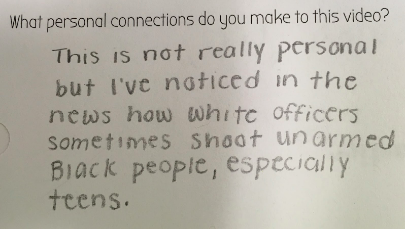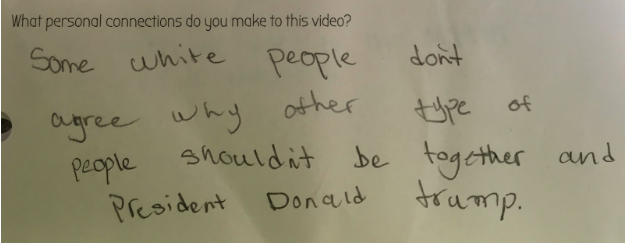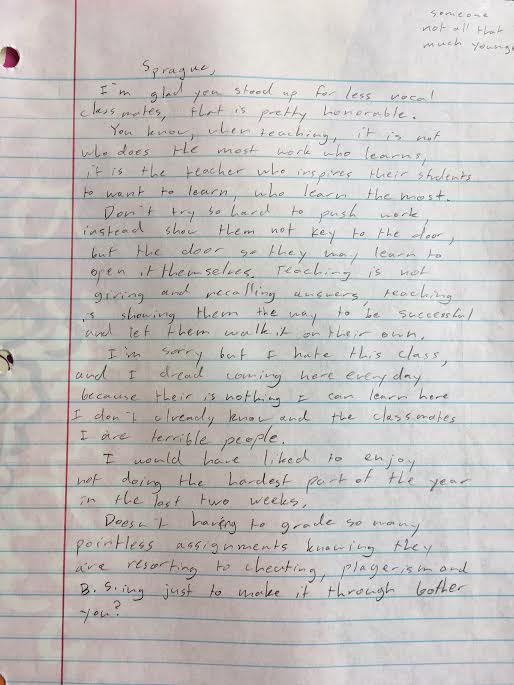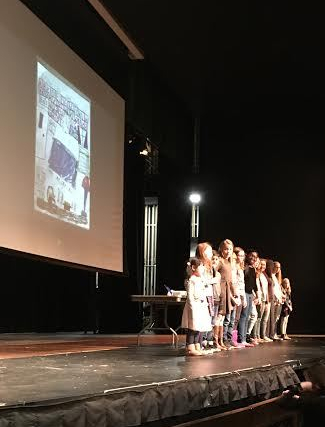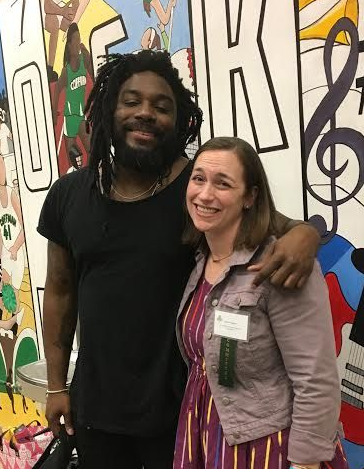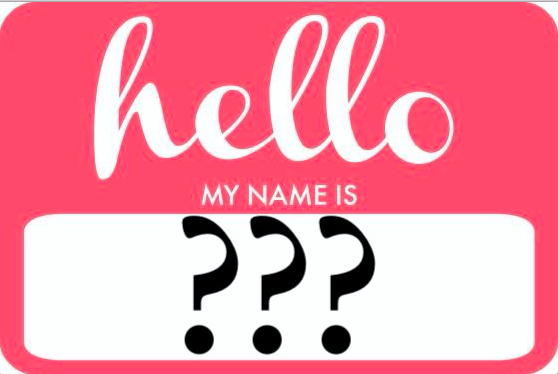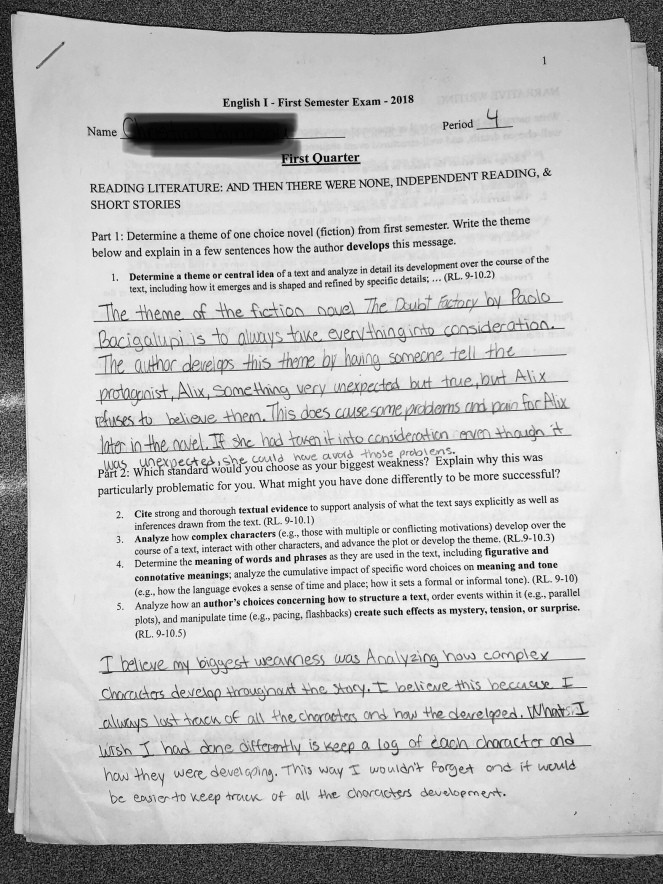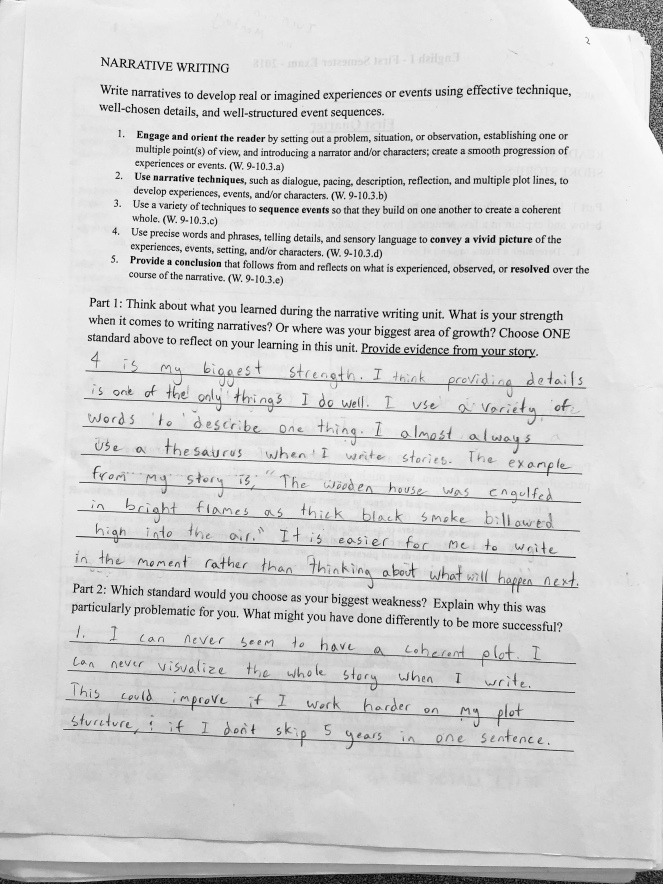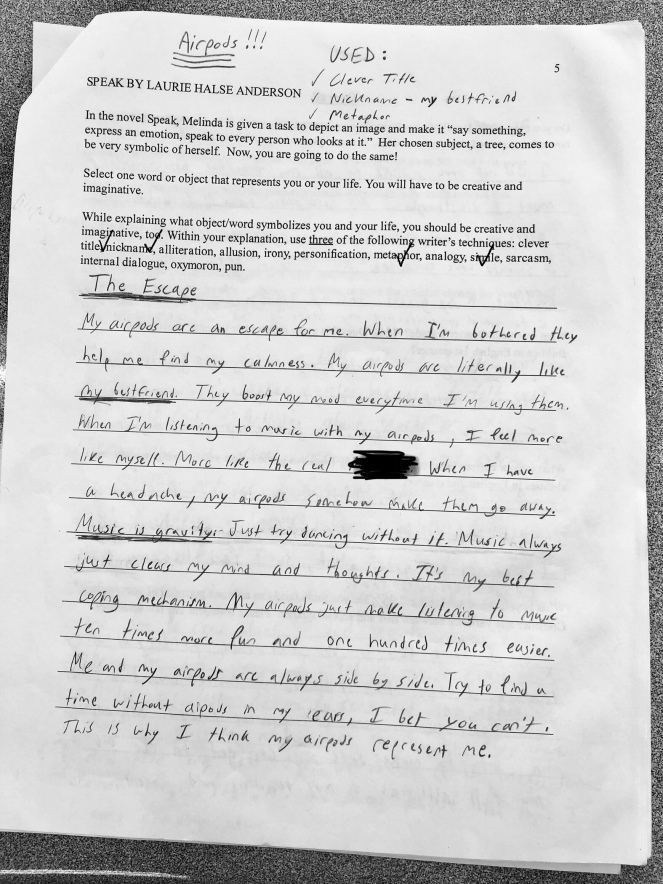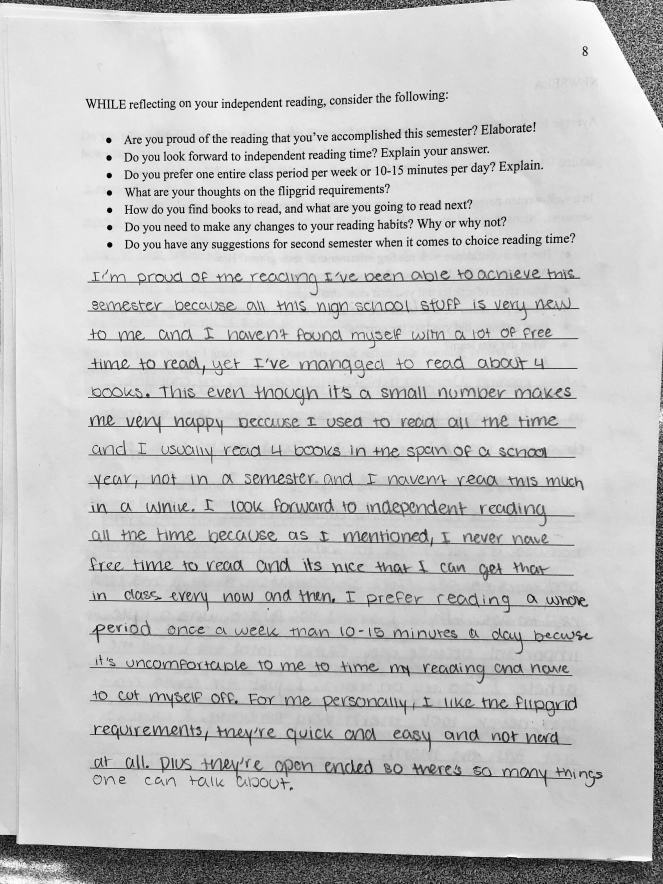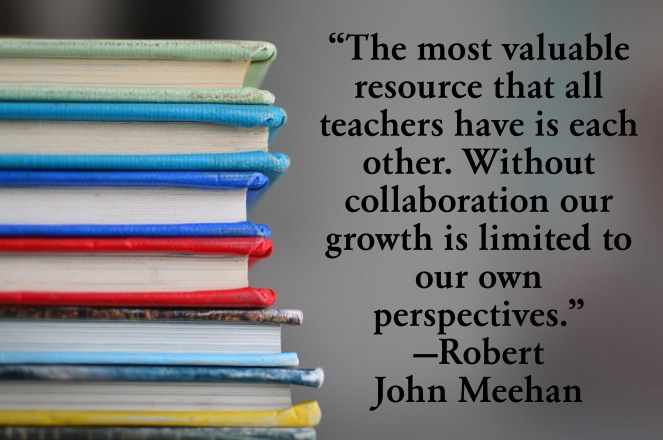
It was an early morning this past June, and I was scrambling around my kitchen trying to get a breakfast casserole out of the oven, coffee started in my brand new coffee pot, and the apple fritters out of my eye line so that I still had some when everyone got there. It had been a couple of weeks since we all had seen each other–Amber had just gotten back from a Disney cruise, Michael was returning from a wedding in the Dominican Republic, and Sarah had been climbing in West Virginia, so we had lots to get caught up on together.
When everyone arrived, there were lots of smiles, hugs, and “I’ve missed you!”s. After about twenty minutes of lively discussion (which involved stuffing our faces and guzzling coffee like pros), we settled into what we came to do–discuss standards based grading.
But before we talk about standards based grading (in another blog post!!), I want to talk about something that can sometimes be overlooked or forgotten about unless nurtured properly–teacher friendships. We’ve all seen the quotes on Pinterest or other teaching blogs about how there’s no way we can survive the days or years without teacher friends. But in all seriousness, this couldn’t be more true.
As a child and teenager, I was a competitive swimmer. While swimming is an individual sport, we always practiced, traveled, and bonded together as a team. We were friends both in the pool and out of the pool. While I swam in the water by myself (unless I was in a relay), and finished the race by myself, without the extra push from my teammates during practice, I wouldn’t have been as successful as a swimmer. My team was with me all the time, requesting and expecting 100% from me every single day.
It is the same with teaching.
Working with a Professional Learning Community (PLC) is key for success for both teachers, and students as learners. I learn something new every day from my colleagues that helps me in my classroom whether it’s small, like an organizational tweak to my classroom library, or big, like discussing how to overhaul our entire grading system.
My PLC is definitely my support system at school. I don’t just get teaching advice from them; I also get life advice. We are all different ages and offer each other very different perspectives, which is what we want our kids to be doing when they meet in small groups. If I come to work in a sour mood because of a meltdown my 4yo son had that morning, they know that I need a few minutes of space before they come to hear the crazy story (It’s never simple, is it?!), offer their support, and give me some motivation for the day. My workload, both at work and at home, seems much more manageable when I can talk to others about it and get some valuable feedback to move forward, much like what our learners expect from us.
I don’t know about you, but I’m a procrastinator. I also don’t like letting people down. Knowing that my PLC is relying on me to get my work done on time, and my wanting to contribute to the group, motivates me to get my part of our workload done. These friendships have also pushed me to challenge myself to tackle some work that I would otherwise avoid doing, or try to find something someone already uses that may not be great for my learners, but already completed, thus easier. They are my thinking partners and really push me to be the best version of myself that I can be for my learners.
Let’s face it–sometimes we spend more time with our colleagues than we do with our own families. When we are happy with the people we interact with every day, it makes going to work and being happy at work easier, which then makes for a happy workplace for everyone. I want to be happy where I work. I want to feel comfortable and welcomed there. I also want to be able to prevent teacher burnout. In order to do that, I need to have people I can talk and connect to.
I certainly don’t think all of your work friends need to be in your PLC. I’m lucky enough to have friends at my building in every department. I’m even luckier that I have gained some really solid friendships over the years from the three buildings I was in before moving to Ohio–friendships that have remained even after I moved out of state. I’m grateful for the multiple views and perspectives offered to my teaching and also to my life.
At the end of the day, we want to be successful at our work for our learners. At its most basic level, teaching, like swimming, is an individual activity. But to be a successful teacher, you need that extra push in practice, a cheer in the meet(ing), and for someone to say that your craft inspired them. Teaching is a team sport. So go find your team!

